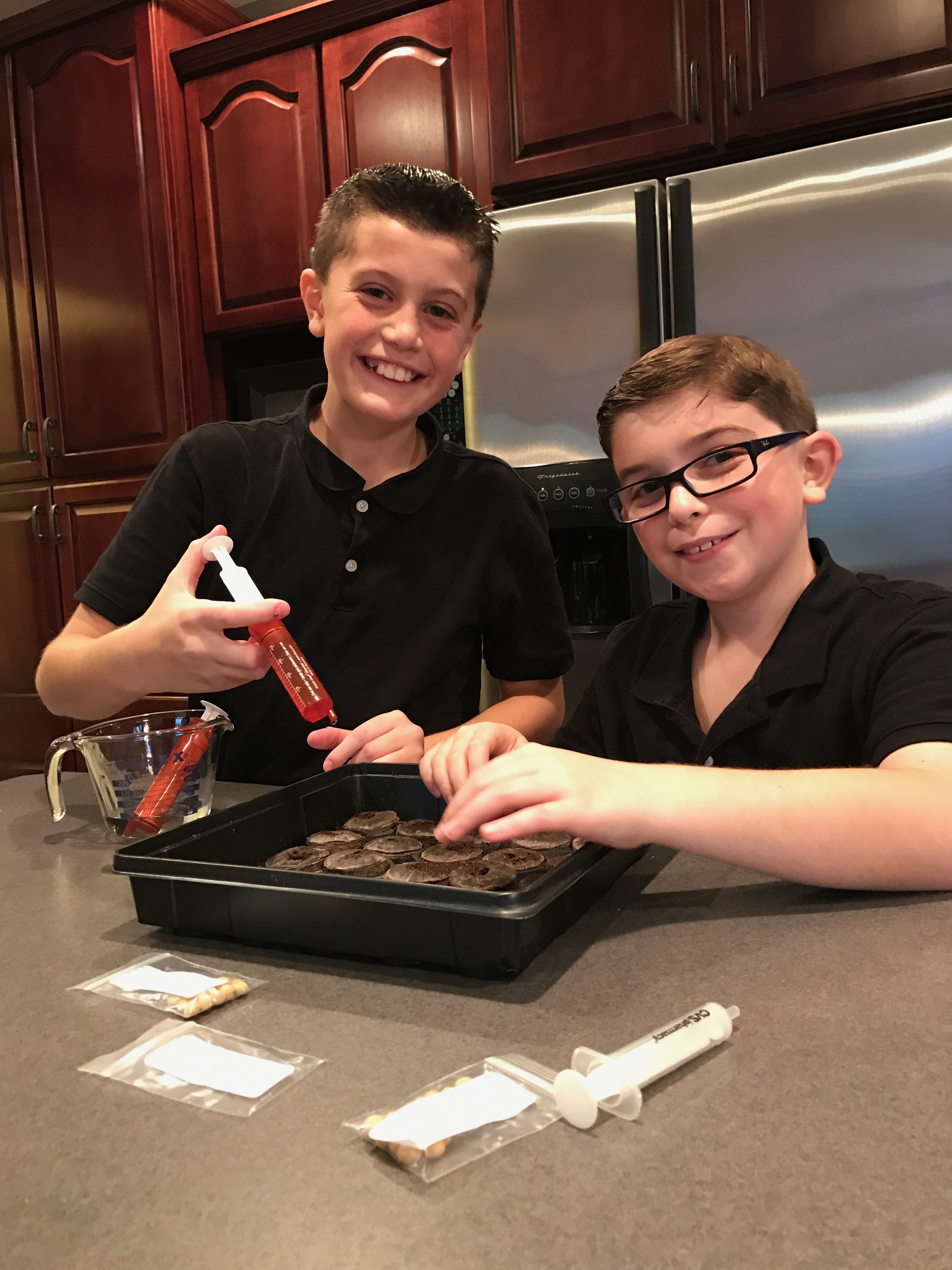The rate of soybean growth with different food sources
What is the effect of different food sources on soybean plant growth?
Supervising teacher
Mrs. Lorraine Kulig
Student
Kyle Bender, Colin Doss
School
Holy Family School, Stow
Supporting files
doss_bender-soybean-project-2017.pdf
In 2016 there were several natural disasters in the United States. These disasters include hurricanes, blizzards, and floods. The United States Blizzard (January 2016) dumped heavy snow from the Mid-Atlantic to the Southern New England states. In June 2016, the West Virginia flood destroyed many homes and left people feeling hopeless. In August 2016, extended rainfall in the state of Louisiana resulted in tragic flooding that destroyed many cities. Hurricane Matthew (October 2016) was an extremely destructive cyclone. Natural disasters like these have the ability to destroy agriculture. The loss of resources impacts the area’s economic and agriculture growth. We (Colin and Kyle) wanted to know how areas of devastation recover. This question led us to our science experiment. What is the effect of different food sources (Coca Cola Classic®, tap water, and Miracle Grow®) on soybean plant growth?

We placed soybean seeds into Jiffy soil pods and rehydrated the soil with one of three food sources; Coca Cola Classic®, tap water, or Miracle Grow® fertilized water. Coca-Cola® (our first food source) was discovered by a pharmacist named Dr. John S. Pemberton. Dr. Pemberton created a flavored syrup and took it to his neighborhood pharmacy and mixed it with carbonated water. It was believed to be an excellent syrup by those who sampled the drink. We chose Coca Cola® because it is a very popular beverage. Coca Cola® is extremely acidic, and we wanted to know how it would affect the growth of soybeans.
The pods were kept in Jiffy® starter greenhouses. The pods were fed with 5 milliliters of food every 3 days (Tuesday, Thursday, and Sunday). The sprouting plants were measured every Sunday and on any days of substantial growth. Findings were recorded in a science notebook (Colin) and using Google Forms (Kyle). This procedure concluded after 30 days. The experiment was conducted independently at each of our homes to ensure reliable and valid results.
The procedure provided three outcomes. The primary outcome was that the pods that were fed with fertilized water sprouted soybean plants before the Coca Cola Classic® and fertilized water. The second outcome was that the pods fed with tap water had a faster rate of growth and a better root system. The third outcome was that seeds that were fed Coca Cola Classic® had minimal growth throughout the month.